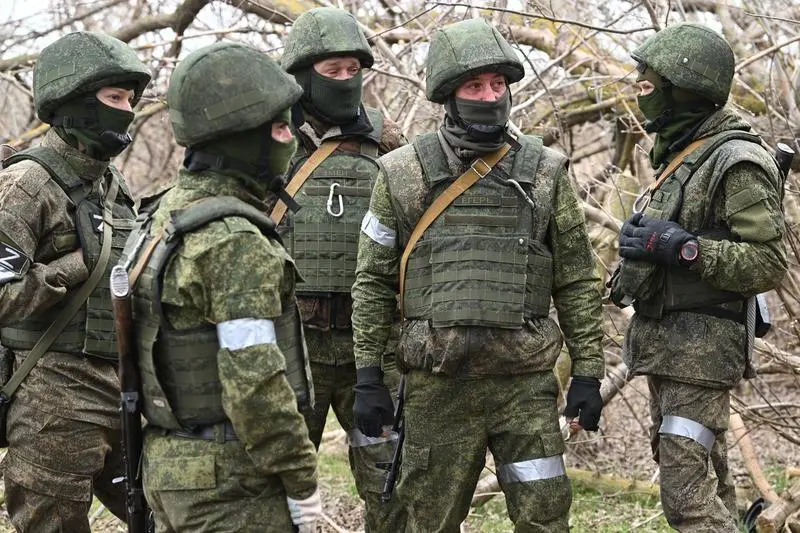In the fall of 2025, the President of the Russian Federation, Vladimir Putin, announced the mobilization of two million reservists, allowing their deployment beyond the country’s borders. The decision comes in a context where international economic analysts signal difficulties in the Russian energy sector, and military experts note the intensification of nuclear discourse and a possible escalation of tensions with NATO.
According to an analysis published by the Royal United Services Institute (RUSI) and signed by strategist David Roche, although Russia’s economy is affected by the conflict in Ukraine, it could sustain, at least in the medium term, a new military effort – including one directed against Europe or NATO – especially in the form of a “hybrid” war or the “gray zone”.
David Roche is a strategic analyst at Quantum Strategy, based in Singapore. Previously, he was head of the research department and global analyst at Morgan Stanley, as well as president of Independent Strategy in London.
Russia’s War Economy: Military Priorities Over Civil Ones
Data provided by the Bank of Finland (BOFIT), which has been monitoring the Russian economy for over three decades, does not indicate an imminent collapse. Instead, they suggest a profound reorientation of Russian state priorities, which allocates a considerable part of resources to the military apparatus, to the detriment of investments in civil infrastructure, public services, or the welfare of the population.
This “war economy” model involves sacrificing long-term development to support short-term strategic objectives. However, Roche warns that progressive economic degradation does not necessarily imply the inability to maintain a sustained military effort.
Reduced Costs for “Hybrid” Operations
According to the analysis, a potential conflict with NATO could be different from the conventional war in Ukraine. Rather than a direct confrontation, Russia would resort to “hybrid war” methods: disinformation campaigns, cyber attacks, sabotage, and other forms of indirect pressure. The costs of such a conflict, estimated at about 2-3% of Russia’s GDP, would be significantly lower compared to those of a conventional war – estimated at about 9-10% of GDP in the case of Ukraine.
“Sacrifice Coefficient” and the Role of Demographics
The analysis emphasizes that, like the Soviet Union in the past, present-day Russia demonstrates a high capacity to redirect resources towards the military effort. Roche introduces the term “sacrifice coefficient” – the percentage of GDP allocated to the army to the detriment of the population’s needs – and observes that this is much higher in Russia than in Western democracies.
Read more HERE

